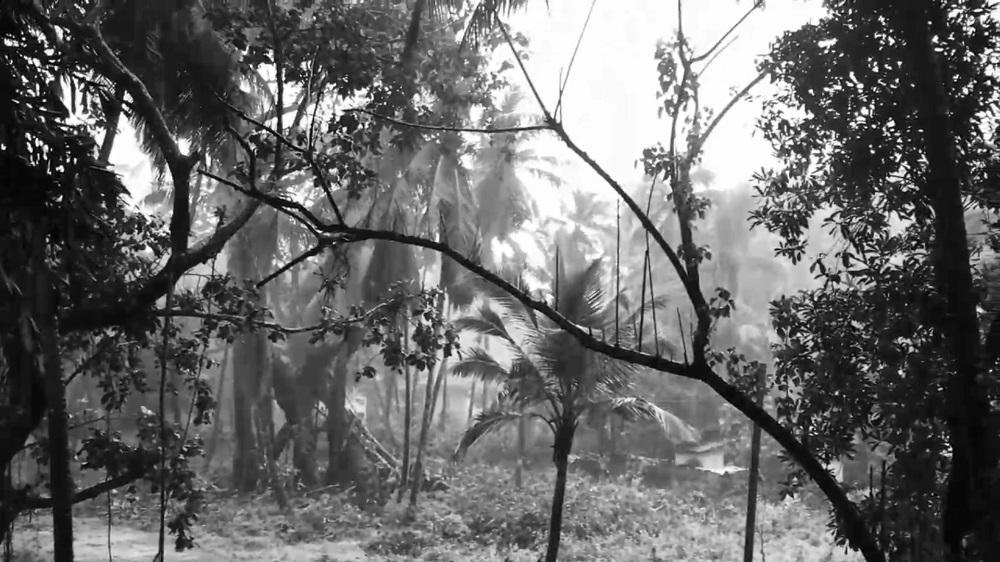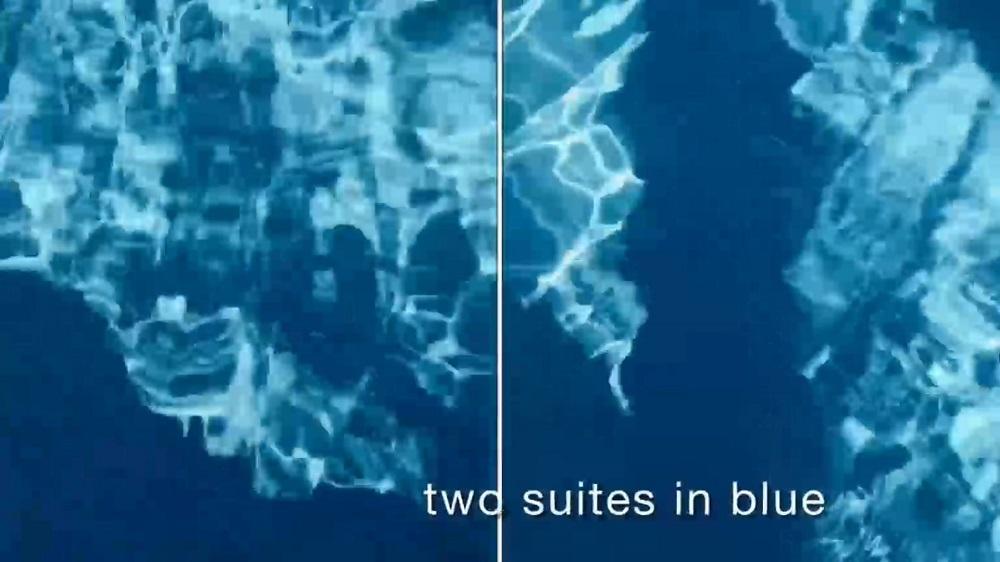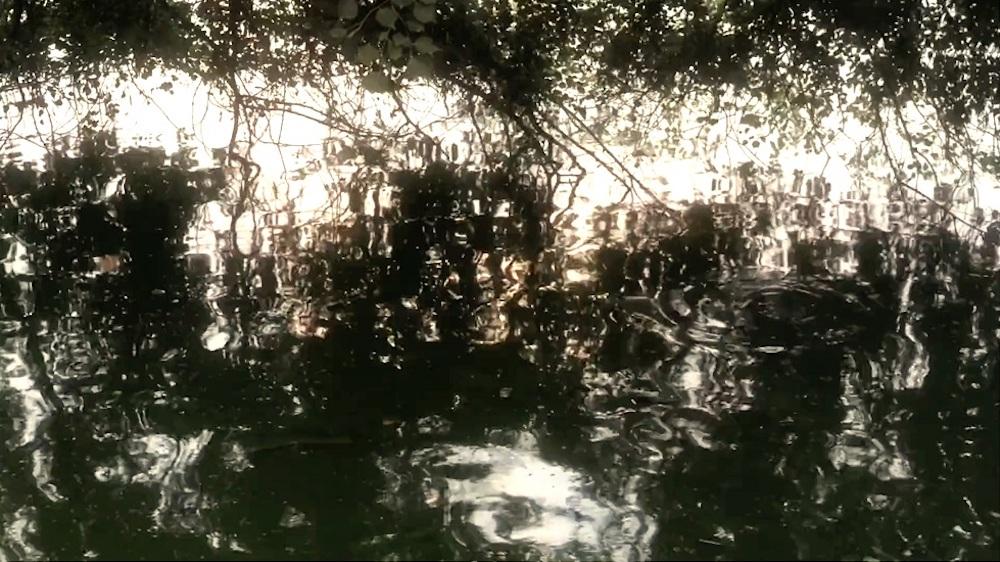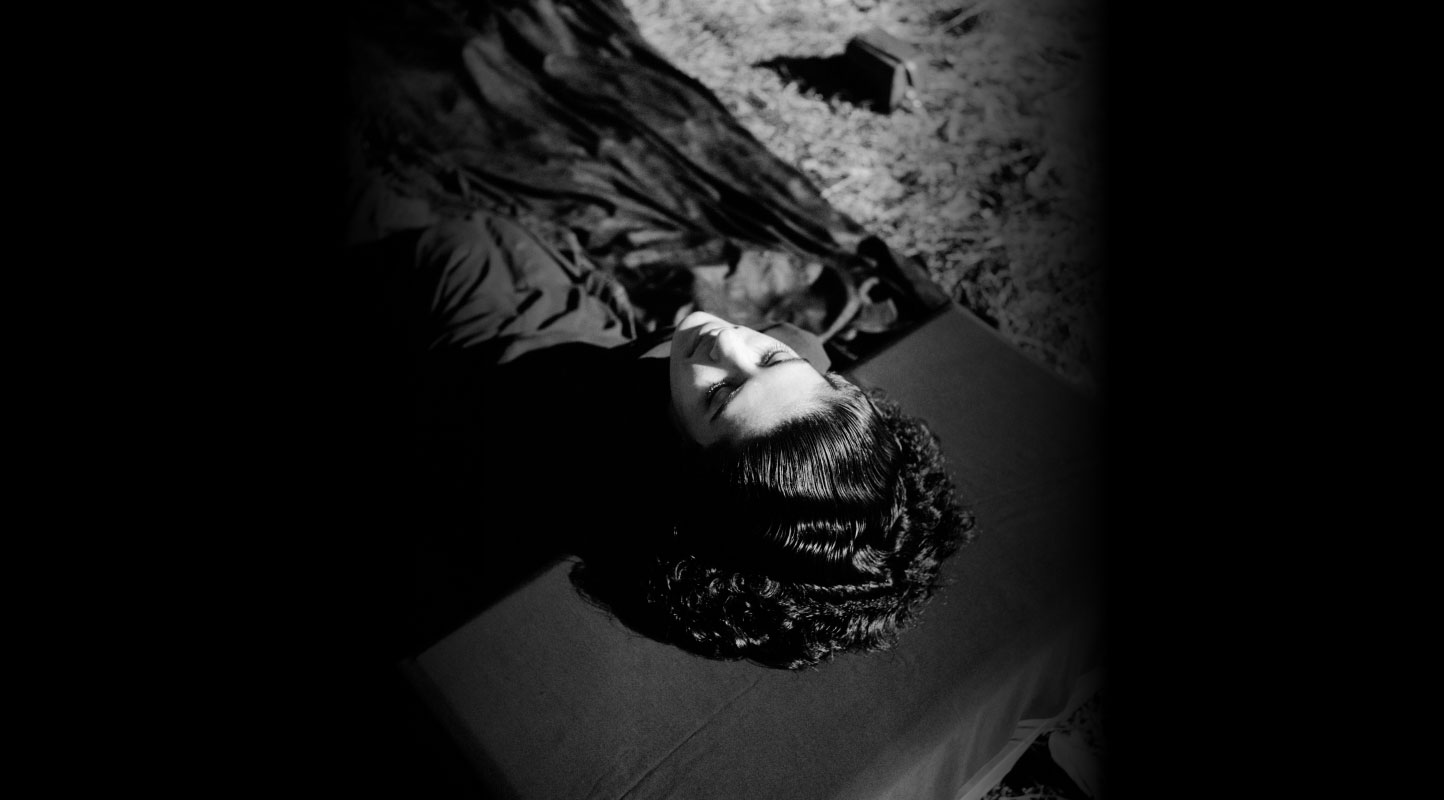Frames of Reference: On Saba Hasan’s Water Suites
Video Art by Indian Contemporary Artists, or VAICA’s curated programme, Fields of Vision, fills a crucial gap in contemporary art’s engagement with the experimental practices of moving-image-making. The moving images—whether produced with or without a camera, through animated forms, or through gestured acts of recording, editing and filming—explore the various ways in which movement and the static screen of cinematic vintage interact with each other to generate new frames of inquiry and reference. As a form, it is freed from what is seen to be the distracting contents of a plot, which usually determines the mode of filming in commercial cinema. Experimental video films suggest the formal revolutions that are imminent in world cinema, sometimes perpetually so, like a messianic promise. At other times, it may be forcibly hidden or repressed due to the codified rules of the “mainstream,” which makes certain forms appear to be more naturally conducive for cutting narrative shapes into coherent wholes.
The first week of the festival was dedicated to the theme of “Cartographies of Sensation,” with each film looking to build on the sensorial aspects evoked by filming the self and its surroundings. These elements, and the ones suggested above for the genre at large, were on exemplary display in Saba Hasan’s Water Suites (2021).
Running to about five minutes in length, the film plays out like a tone poem where Hasan builds on the simple but revelatory substitution of the pixelated screen with sheets of water. This analogue becomes the evocative, multiply-located source that allows the artist to suggest the various ways in which imaginary geographies bleed into each other. Disregarding the embankments of history and identity, these are carried over by those who inhabit multiple spaces, through the work of their memories of sensation. Like the flowing of water, the histories of spaces—as remote from each other as Budapest, Seychelles and Goa (where the artist lives)—are brought together in a series of suites under the sign of their common trysts with water.
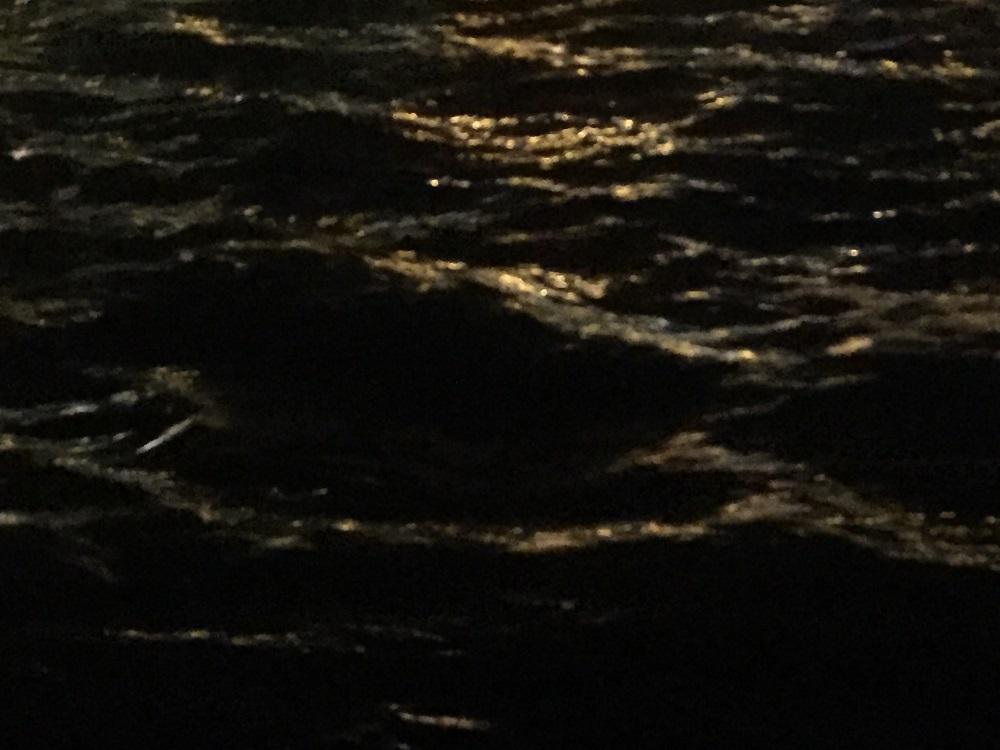
As rainfall that is carefully observed in tropical jungles; or a fixed gaze that is focused at the wavering, dappled, David Hockney-like blues at the bottom of a pool, separated with distinct frames; or as the crush of brown sea waves beating against a rock, until we see the black Danube, lying supine and shiny under the night sky—the many forms of water and the equally various ways of seeing them are explored meditatively through the piece. The mounting tone of measured—but almost playful—dread that the background music conjures (composed by the artist’s son, Aman Hasan) feeds into the transitory nature of the water-images as well. As the screens dissolve into each other, the elemental substance of water becomes the layered site of inquiry for how water has shaped the human imagination. Its reflecting surfaces assume the shifting habits of regarding the transformative self before cinema itself was a formal reality. Perhaps this last formation is cited for its somewhat tragic passage into a fixed form supported by technologically-informed mechanisms of affect, so that the cinematic form becomes a simple precipitate of whatever new camera and filming technologies will dictate for it. In other words, a certainty is achieved—like an industrial standard—in the relationship between formal achievement and technical prowess. Hasan’s film revives one of the oldest analogues for the screen in the water surfaces she films, asking us to exchange our certainties for wonder.
All images from Water Suites by Saba Hasan. 2021. Images courtesy the artist and VAICA.

